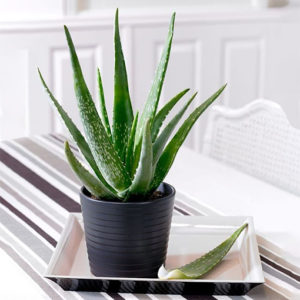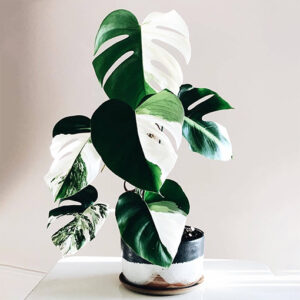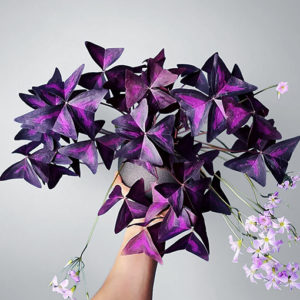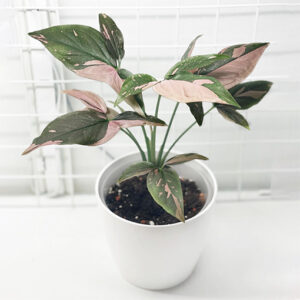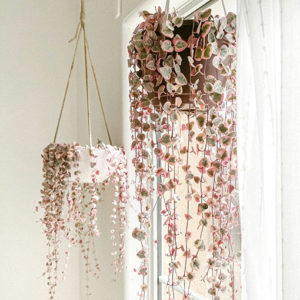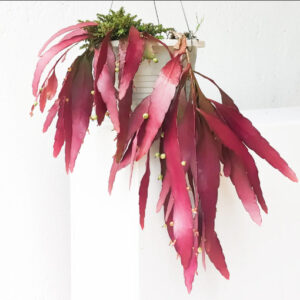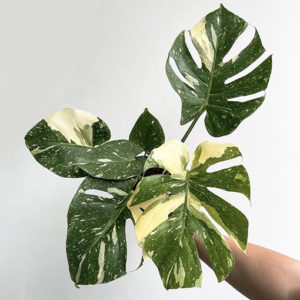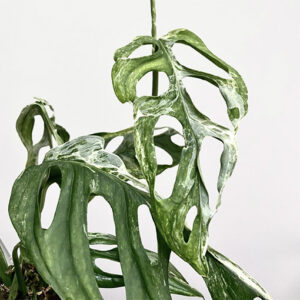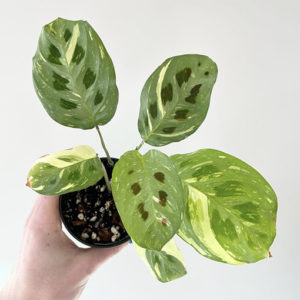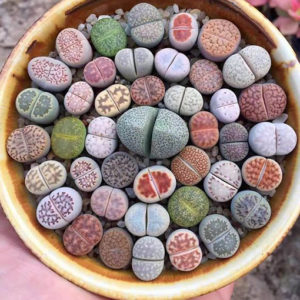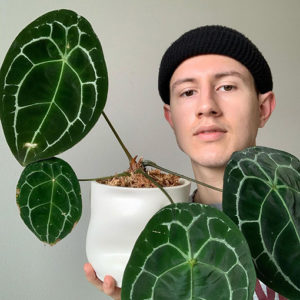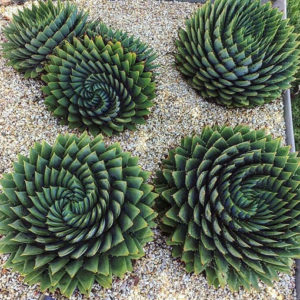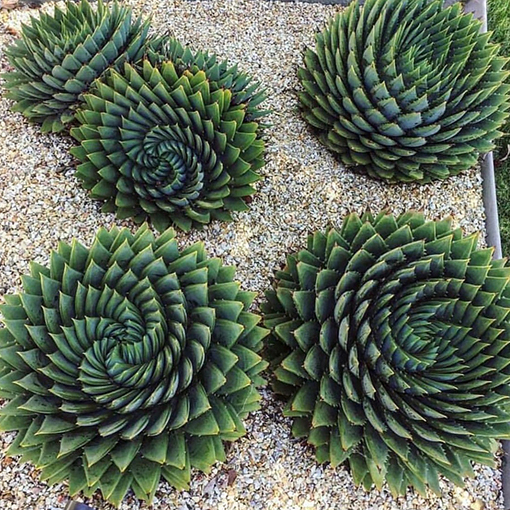
Mmmmm there’s something endlessly satisfying about nature’s
perfect geometry!! 👌 Introducing Aloe polyphylla! 😍 These guys are pretty hard to find, and we’re excited
to have them back in stock? They’ll be baby one’s but look at what they become!!
Aloe Polyphylla – Light
Unlike the majority of other succulents, this one does not require as much light. The spiral aloe should be cultivated outside in a spot that gets full to partial sun and is shielded from the intense afternoon sun. The spiral aloe needs six hours of morning or evening sunshine.
More sunshine can be tolerated when cultivated inside. Put the spiral aloe in a spot that gets plenty of direct sunshine throughout the day. Windows with a south or west orientation are typically both excellent alternatives.
Aloe Polyphylla – Soil
The soil must be well-draining, somewhat acidic, and airy for the spiral aloe to thrive. Normal cactus and succulent soil mixtures can be used, however increasing the aeration by adding some pumice or lava rock would help. As an alternative, you can make your own potting mix at home by combining equal parts potting soil, lava rock, and horticulture sand.
Aloe Polyphylla – Water
The spiral aloe is exceptionally drought resistant and doesn’t need much water, like the majority of succulents. In fact, among of the most frequent reasons gardeners and houseplant aficionados struggle to keep this succulent alive are overwatering and root rot.
Make sure the soil has completely dried out in between waterings, and water less in the fall and winter. If you want to plant spiral aloe outside but live in an area with a lot of rain, you should definitely grow it in a container that can be moved indoors and covered from the rain.
Aloe Polyphylla – Temperature and Humidity
Both high heat and cold are too much for the spiral aloe. Protect this succulent against prolonged exposure to below-freezing temperatures and from temperatures above 80 degrees Fahrenheit (27 degrees Celsius).
Keep the spiral aloe away from strong winds and high humidity. Temperatures that are mild and dry are optimal. The easiest approach for most gardeners to maintain this high maintenance succulent is to cultivate spiral aloe as a houseplant indoors or in containers outside.
Aloe Polyphylla – Fertiliser
Since the spiral aloe is used to growing in sandy, poor-quality soil, regular fertilising is not necessary. If desired, a cactus or succulent fertilizer can be used annually in the early spring to aid in boosting growth during the active growing season.
Aloe Polyphylla – Propagation
The spiral aloe, like the majority of plants in the Aloe genus, is most easily multiplied through offsets (or pups) from the mother plant. Because it is so difficult and inconsistent, propagation by leaves and seeds is typically not an option for farmers. A contented, mature spiral aloe will produce offsets that can be cut off from the mother plant and replanted in separate pots. To make sure the offsets can thrive on their own, wait until they are at least a couple of inches broad before separating and repotting them.
Aloe Polyphylla – Potting and Repotting
The slow-growing spiral aloe only requires repotting every two to three years. To prevent drowning the plant, pick a container with drainage holes. The spiral aloe grows well in terracotta or clay planters because they assist the soil absorb excess rainwater.
Turn the pot upside down or sideways to carefully pry the spiral aloe plant out of the container. Move the roots to their new container after removing as much of the old soil from them as you can while taking care not to damage the roots. Around the roots, firmly pat in some additional soil.
Aloe Polyphylla – Common Pests and Plant Diseases
The spiral aloe is normally pest and disease-free, however it can occasionally be disturbed by sap-sucking pests such as mealybugs and scale. Make sure to check the plant frequently to catch any pests early. Particularly mealybugs and scale enjoy hiding in the plant’s cracks and on the undersides of the leaves.
With a facial-quality sponge or a plain cotton swab dipped in rubbing alcohol, you may also get rid of small size insect infestations. The scale should be killed by the alcohol on its own, but the dead insects will stay on your plants and make it challenging for you to look for fresh infestations.
Want a Aloe Polyphylla?

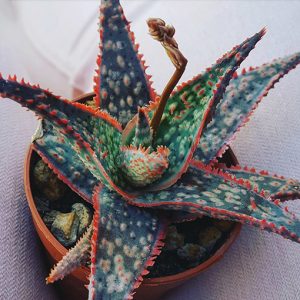 Aloe Christmas Carol 130mm
Aloe Christmas Carol 130mm
